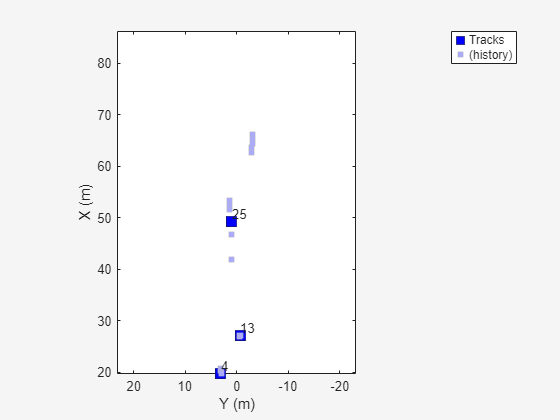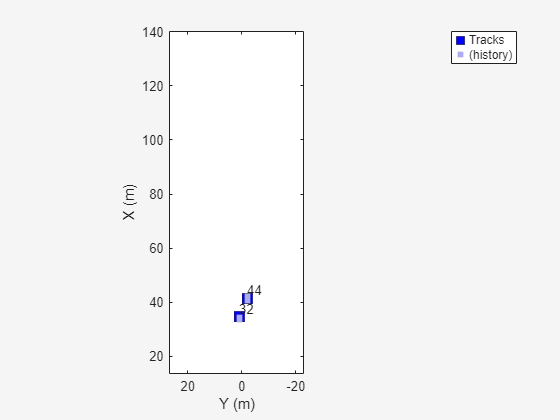add
Description
add(
adds the specified actor track data trackData,timestamps,trackID,position)trackID and
position, with their corresponding timestamps
timestamps, to the actor track data object
trackData.
add(___, specifies
options using one or more name-value arguments in addition to the input arguments from the
previous syntax. For example, Name=Value)Attributes=attributes adds the optional
actor track attributes attributes to the actor track data
object.
Note
This function requires the Scenario Builder for Automated Driving Toolbox™ support package. You can install the Scenario Builder for Automated Driving Toolbox support package from the Add-On Explorer. For more information about installing add-ons, see Get and Manage Add-Ons.
Examples
Input Arguments
Name-Value Arguments
Version History
Introduced in R2025a
See Also
remove | read | plot | play | filter | mergeTrackIDs | mapTrackIDsToNumbers | importFromObjectTrack | GPSData | Trajectory | CameraData | LidarData | recordedSensorData

